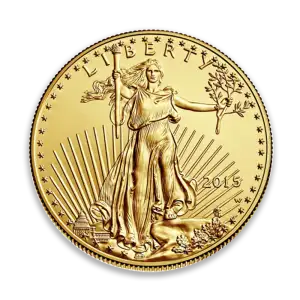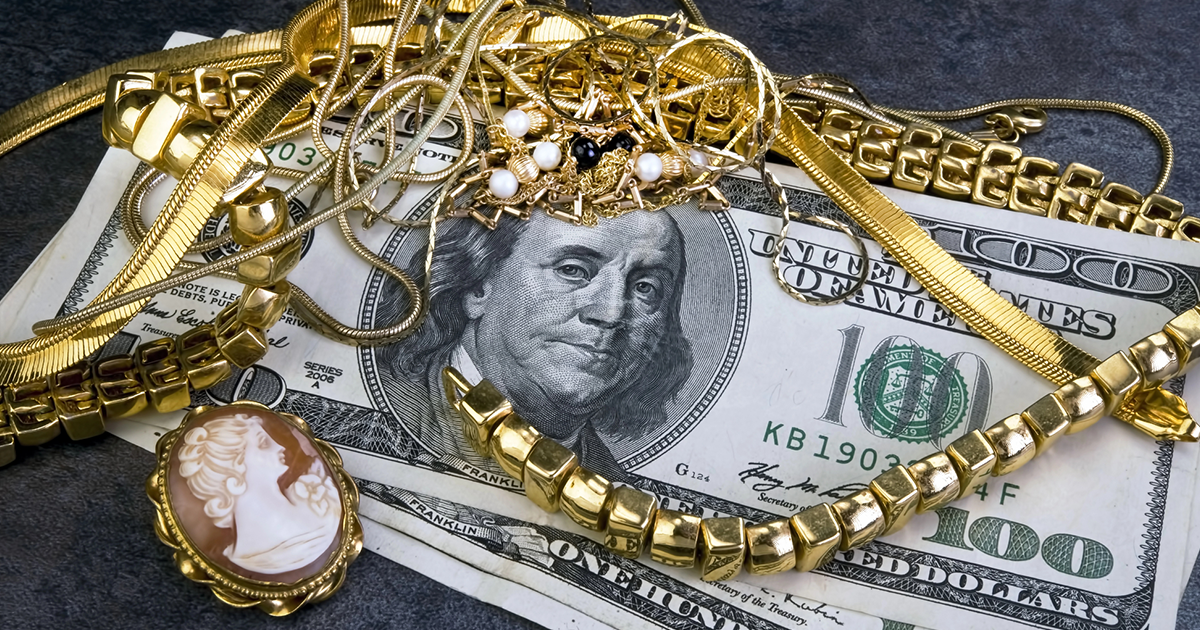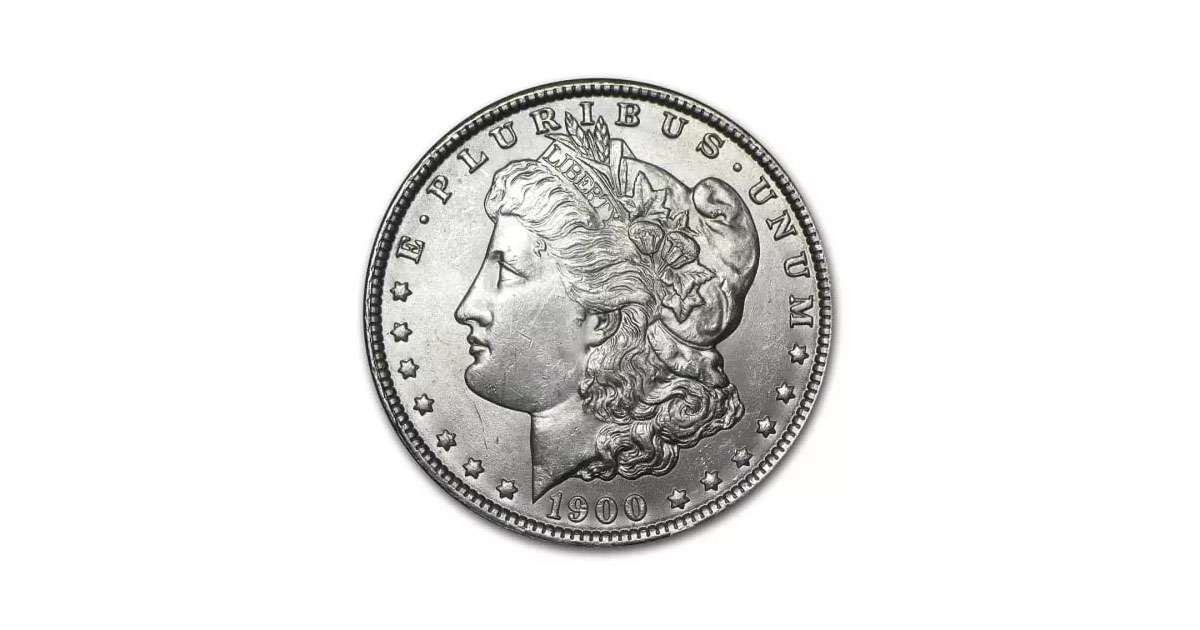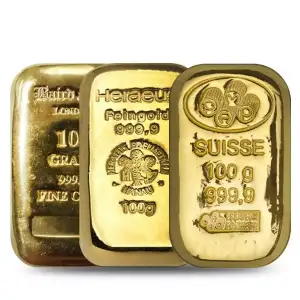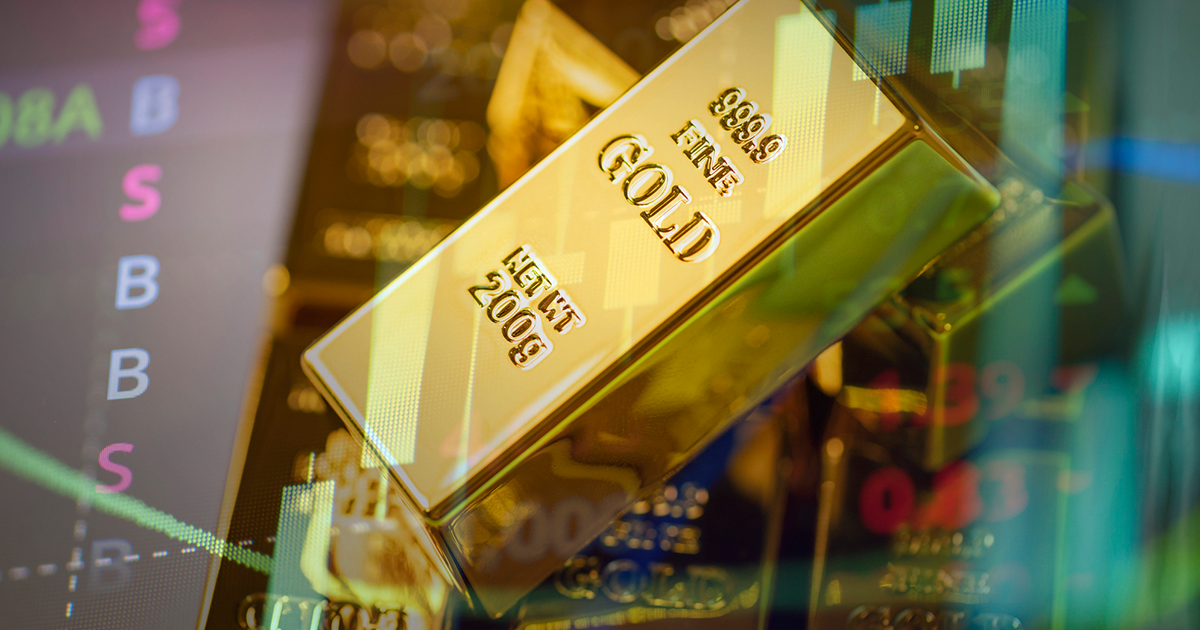
Precious metals like gold have captivated human interest for centuries, prized not only for their rarity and beauty but also for their enduring value across generations. In today’s complex financial landscape, gold stands out as a trusted asset, especially during times of economic uncertainty and recession. A recession is typically signaled by a decline in GDP over two consecutive quarters, with GDP serving as a key indicator of overall economic health. Many investors are drawn to gold for its reputation as a safe-haven asset, offering protection against currency devaluation, loose monetary policy, and the potential decline of the US dollar.
Gold’s ability to maintain purchasing power during periods of inflation and market volatility makes it a cornerstone for those looking to diversify their portfolios. The value of gold is shaped by a variety of factors, including interest rates, inflation trends, and the performance of other asset classes such as stocks and bonds. Historically, gold has demonstrated resilience during recessions, often gaining momentum as investors seek security when the stock market and other investments falter. Gold often appreciates during economic downturns as investors look for safe havens.
In recent months, gold prices have surged, reflecting renewed interest from gold investors who are eager to hedge against economic downturns and the unpredictable effects of monetary policy. The appeal of holding gold becomes even stronger when concerns about inflation, lower interest rates, and potential interest rate cuts come into play. As the cost of holding gold decreases with lower interest rates, many investors find it an increasingly attractive option for safeguarding their wealth. Gold serves as a means of exchange, a store of value, and a means of hedging against economic risks during recessions.
Completing secure online transactions is a crucial step for anyone investing in precious metals. Ensuring that your connection is protected—often indicated by a message such as “verification successful waiting”—provides peace of mind and allows you to proceed with confidence. Users may need to review their security settings or privacy preferences before proceeding with online transactions. This layer of security is especially important as more investors turn to digital platforms to buy and store gold.
The relationship between gold prices and interest rates is complex. While lower interest rates typically make gold more appealing by reducing the opportunity cost of holding non-yielding assets, the broader impact of monetary policy and interest rate cuts on the economy can influence gold’s value in unexpected ways. Market surprises, such as unexpected economic events, can also influence gold prices. Staying informed about these factors is essential for making sound investment decisions.
As economic conditions shift, investors must be prepared to respond to changes in the market, whether it’s a decline in the value of the dollar, fluctuations in stocks and bonds, or rising inflation. The result of a recession can include higher unemployment, reduced wages, and declining asset values, all of which influence investor behavior. By diversifying their portfolios and understanding the unique role of gold, investors can better protect their purchasing power and navigate periods of uncertainty.
Gold’s reputation as a reliable store of value has been built over centuries, and its importance only grows during times of recession and market volatility. It is important to consider the time period when evaluating gold’s value and performance. For many, turning to gold is not just about preserving wealth—it’s about ensuring long-term financial security in an unpredictable world. Gold has maintained its value over many years, even during prolonged economic downturns.
While the future is uncertain and it is difficult to predict exactly what will happen to gold prices in upcoming recessions, historical trends suggest that gold has shown resilience during such periods.
The Smart Way to Invest in Metals
Investing during economic uncertainty can be challenging. Stock markets fluctuate, currencies lose value, and traditional assets can underperform. The period of a recession can present both risks and opportunities for investors. This is where gold price during recession and silver prices during downturns become crucial considerations for investors seeking stability. Precious metals act as safe havens, protecting wealth when financial markets are volatile. Economic downturns also create unique investment opportunities, particularly in gold, allowing investors to capitalize on market conditions to protect or grow their wealth. Understanding how gold and silver have performed in past downturns can help investors make more informed decisions about the future of their precious metals investments.
Why Gold and Silver Are Safe-Haven Assets
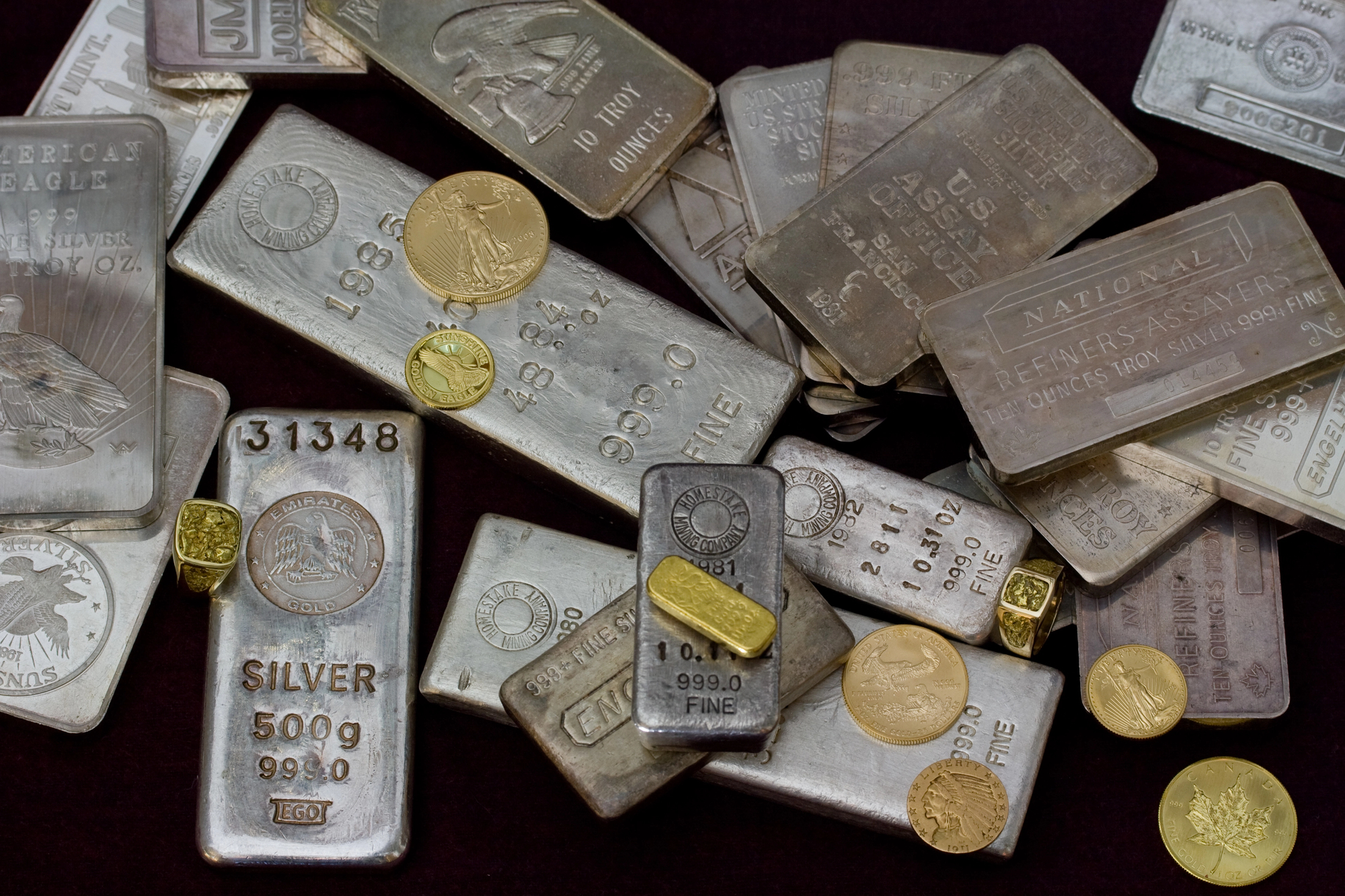
During an economic crisis, investors often turn to metals. Here’s why:
- Hedge Against Inflation – Metals maintain purchasing power even when fiat currencies decline, acting as a means of protecting wealth during economic crises.
- Portfolio Diversification – Reduces risk from volatile stock and bond markets.
- Global Demand – Central banks and institutional investors continue buying gold and silver in downturns.
- Tangible Assets – Unlike digital or paper assets, physical metals cannot disappear or default.
The result of holding gold and silver during economic crises is often greater financial stability and protection from market volatility.
During severe downturns, many assets are unable to retain their value, making gold and silver more attractive to investors seeking stability.
Historical Performance: Gold and Silver in Past Recessions
Gold Prices During Recessions
Gold has consistently performed well during downturns:
- 2008 Financial Crisis: Gold rose from ~$800 to over $1,000 per ounce in less than a year. This rapid increase came as a surprise to many market observers, highlighting the unpredictable nature of economic events.
- Dot-Com Bubble (2000–2002): Gold steadily increased as tech stocks collapsed.
- Notably, gold experienced a significant price surge in April 2025, underscoring the importance of monitoring monthly and day-to-day trends during periods of economic uncertainty. Tracking gold prices over time is essential for understanding market movements. Day-to-day updates and guidance are crucial for investors tracking gold prices in such volatile times.
Silver Prices During Economic Downturns
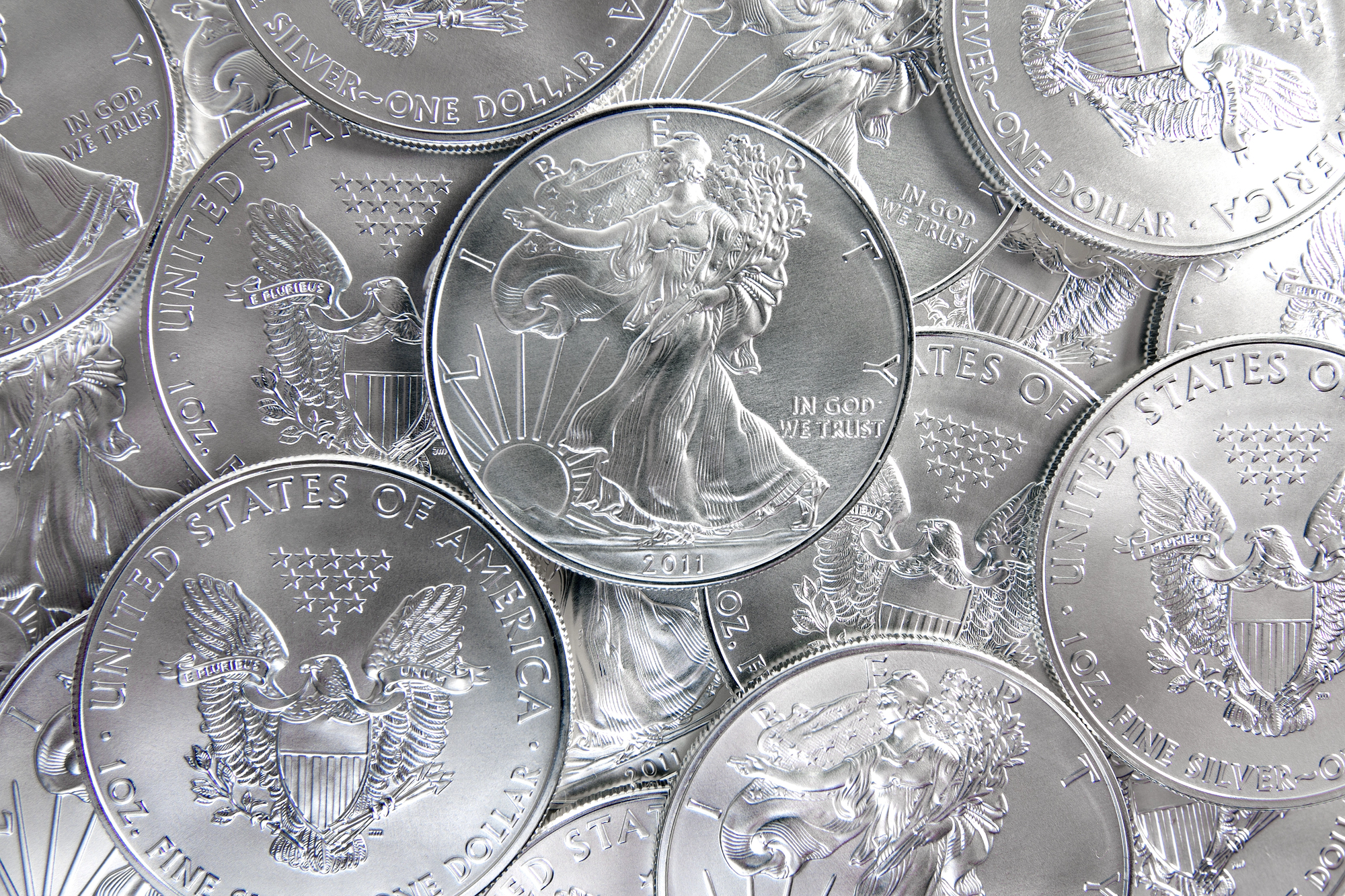
Silver is slightly more volatile but can offer strong returns:
- Mirrors gold’s safe-haven behavior in the long term.
- Benefits from both investment demand and industrial use.
- Example: Silver prices climbed significantly during the 2020 COVID-19 economic slowdown.
Top Strategies for Investing in Precious Metals During a Recession
- Buy Physical Bullion – Coins, bars, or rounds provide direct ownership and security. Take action by implementing secure storage and authentication steps to protect your wealth.
- Invest in ETFs and Metal-Backed Securities – Easier to trade with minimal storage concerns.
- Diversify Between Gold and Silver – Balance stability (gold) with growth potential (silver).
- Use Dollar-Cost Averaging – Gradually invest to reduce exposure to price volatility.
- Consider Safe Storage Options – Use insured vaults or secure home storage.
Regularly review your investment strategies to ensure they remain effective as economic conditions change.
Common Myths About Investing in Metals During Downturns
- Myth 1: Metals always rise in recessions – Short-term dips can occur, though long-term trends are positive. During a recession, what can happen is that metal prices may fluctuate in the short term as markets react to uncertainty, even though they often recover and gain value over time.
- Myth 2: Only gold is worthwhile – Silver and other metals offer diversification and growth potential.
- Myth 3: Investing in metals is expensive – Start small with coins, rounds, or ETFs.
Key Tips for Smart Metal Investing During Economic Crisis
- Choose Reputable Dealers: Avoid counterfeit products and high premiums. Always verify dealer credentials before proceeding with any purchase.
- Understand Market Liquidity: Ensure you can buy or sell metals easily.
- Monitor Costs: Factor in dealer premiums and storage fees.
- Plan for Long-Term: Metals perform best when held as part of a diversified investment portfolio.
Crisis Investing: The Power of Precious Metals
Investing in gold price during recession and silver prices during downturns can be a powerful strategy to protect wealth during economic uncertainty. Precious metals provide security, diversification, and potential growth when traditional markets underperform.
By understanding historical trends, avoiding common myths, and applying smart investment strategies, you can leverage economic crisis metal investing to strengthen your financial position and ensure long-term stability.
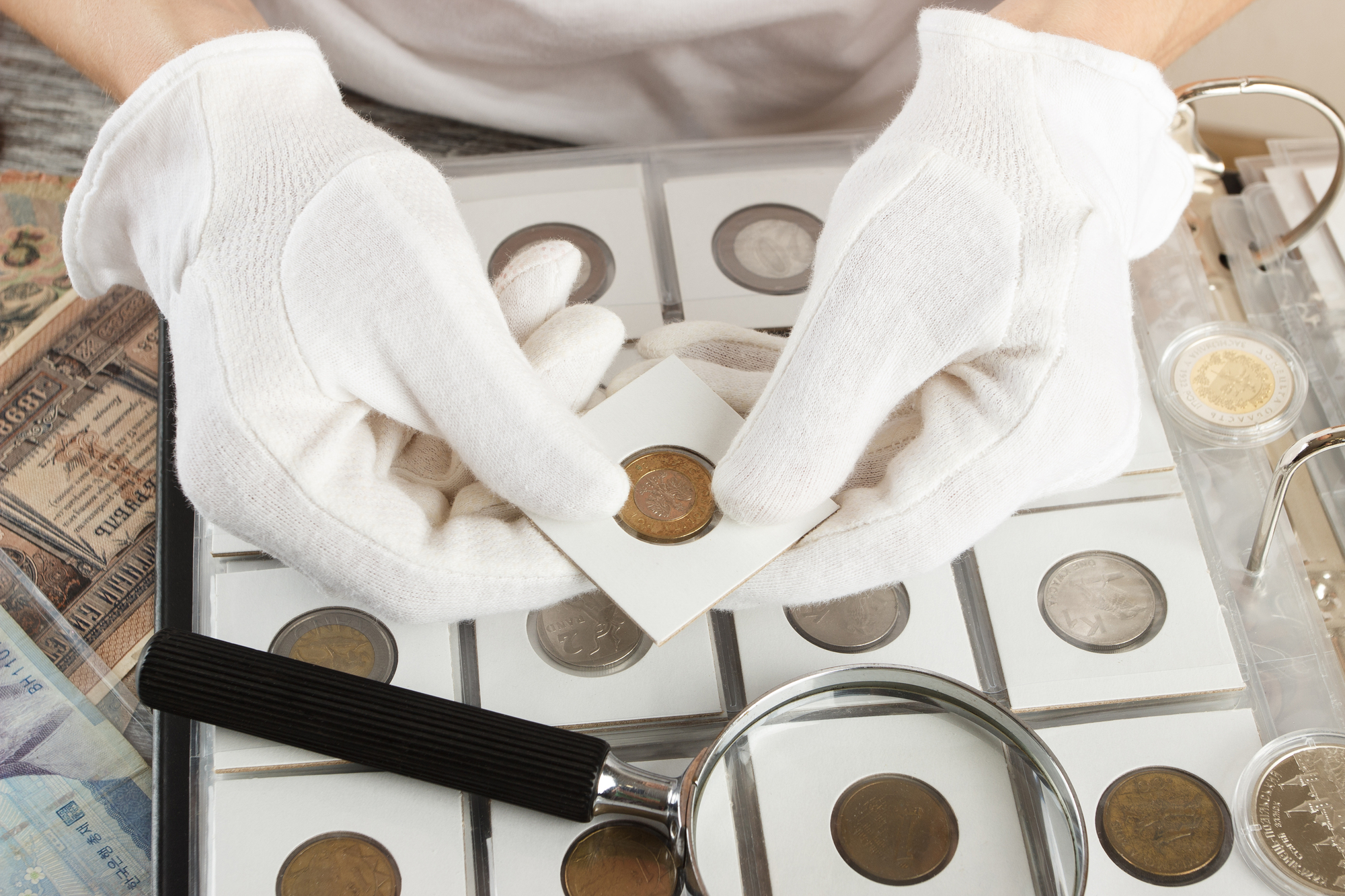
FAQ
Q: Is gold a safe investment during a recession?
A: Yes, historically gold acts as a hedge against market volatility and currency devaluation.
Q: How do silver prices behave in economic downturns?
A: Silver often rises alongside gold but is slightly more volatile due to industrial demand.
Q: Can I invest in metals with a small budget?
A: Absolutely. Start with coins, rounds, or ETFs without needing a large initial investment.
Ready to invest safely? Explore gold and silver at The Bullion Bank - trusted by buyers nationwide.

